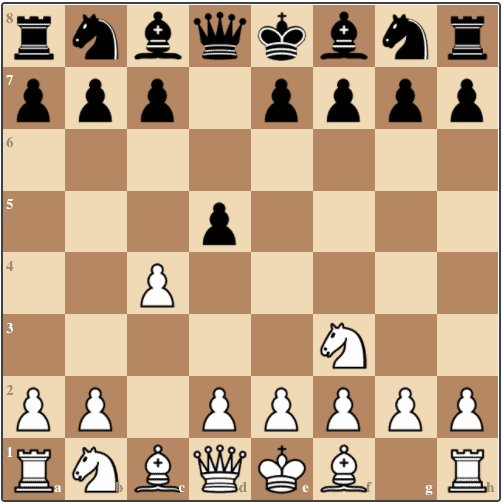Teach Yourself Better Chess...Part Four
Teach Yourself Better Chess...Part Four
In 1997, International Master Bill Hartston published a book called Teach Yourself Better Chess. Its goal was to delve a little more deeply into the principles of good chess. He explained the ideas behind the elementary rules of chess and introduced the reader to what makes up good judgment and intuition in chess. Here are some of Hartston’s principles and advice.
----------------------------------------------------------------------------------------------
The easiest time to blunder is the move after you have solved all the difficult problems. In chess, every move and every position has to be viewed with mistrust. When you start to think that ‘nothing can go wrong now’ that’s about the time that something can go wrong. When you feel the pressure is off, you start to switch your brain to automatic pilot and that often leads to a fatal blunder.
Learn from your losses. When you have lost a chess game, your job is not just to identify the losing move, but to discover what it was about the position that led to your making the error. You have to ask yourself if you were too bold in a position that demanded caution. Perhaps you had a lack of courage to play what you intuitively felt was the right move because you didn’t analyze the position through the end. Maybe you created too many weak squares by poorly timed pawn advances. Successful players avoid positions they do not understand. However, true strength is acquired only by studying such positions until you do understand them.
You don’t win games by playing good moves; you lose them by playing bad moves. A good move may be needed to punish an opponent for a mistake or tempt the opponent to make a mistake. But good moves do not themselves win games or even create advantages. The best they can do is put the finger on mistakes already made or set the sort of problems that lead to errors.
Weak players think harder and longer than strong players. There are more things for them to work out. A strong player can find potentially good moves easy enough and eliminate the bad ones without having to analyze them. Strong players can rely far more on judgment to tell them what moves are worth considering. A strong player can reject a move on instinct that a weaker player will need to analyze in depth.
The most difficult moves to find are the ones that do nothing. You must have flexibility in chess. When direct attacks do nothing, one must look for a move that will come in useful whatever direction the game turns. The move appears to accomplish nothing immediately, but will become useful later – if only to deter the enemy from an otherwise promising continuation. You want to hold the tension until it can be released with the maximum effect, or until one’s opponent is forced to release it himself in unfavorable circumstances.
If you can’t see clearly through complications, in all probability your opponent can’t see through them either. One of the most common ways for strong players to defeat weaker players is simply to create complications. The weaker player, feeling unsure of himself and a lack of confidence, will try to resolve the complications and accept a disadvantage. Uncertainty is always the biggest enemy of the player with a winning position.
-----------------------------------------------------------------------------------
Bill Wall


No comments:
Post a Comment